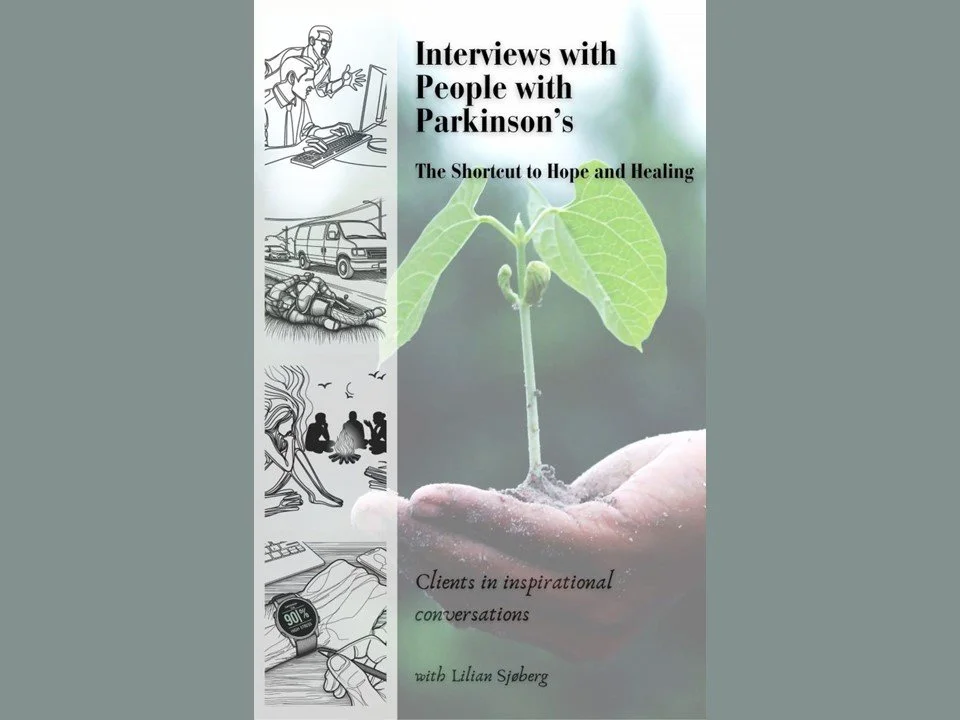Severs disease is foot pain and/or ankle pain as a result of inflammation of the growth plate of the heel bone in children. In the initial stages of the condition most children displaying signs of Severs disease will tend to...

Severs disease is foot pain and/or ankle pain as a result of inflammation of the growth plate of the heel bone in children. In the initial stages of the condition most children displaying signs of Severs disease will tend to hobble or limp off the football field, soccer pitch, basketball court or netball court. Kids will complain of sore heels near the end of activity. This condition most commonly affects children between the ages of 8 to 14 years. This type of condition commonly occurs in those kids who are very active with sport.
The cause of the pain in Severs disease is thought to be the tractional forces applied to the growth plate of the heel bone, Achilles tendon and the plantar fascia. This tractional force by the Achilles tendon and the plantar fascia on the growth plate is often aggravated by tight calf muscles and excessively pronated feet (i.e. feet that “roll in” too far). The good news is that this heel pain in children is very simple to treat and children usually respond very quickly to treatment once treatment of Severs disease commences.
Treatment
When this condition affects both feet, often the diagnosis can be made clinically. If only one foot is affected then x-rays should always be taken of both feet if your child fails to respond to what is considered normal treatment for Severs disease. This is to ensure serious problems such as bone infection or bone tumours are not overlooked. Even in cases where both feet have been affected, x-rays or MRI scans should be carried out if a child is failing to respond to conservative treatment.
Treatment of Severs disease usually involves a combination of ice therapy, activity review and / or modification, review of training surfaces, exercises, footwear review and orthotic inserts where foot function is causing excessive traction on the heel growth plate.
Treatment of Severs disease does NOT require surgery. This foot condition responds very well to conservative treatment within a matter of weeks. If your child suffers from heel pain, get them checked out especially when only one foot is affected.
The post Severs Disease first appeared on Better Feet & Body Podiatry.








